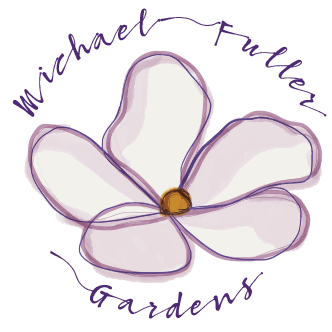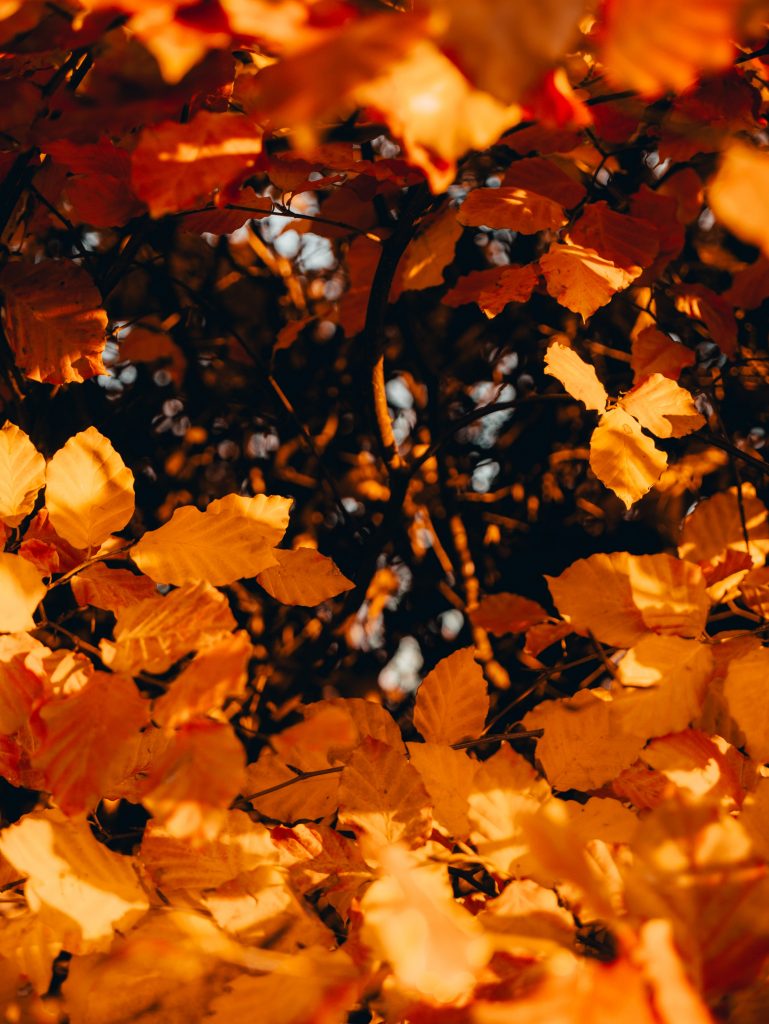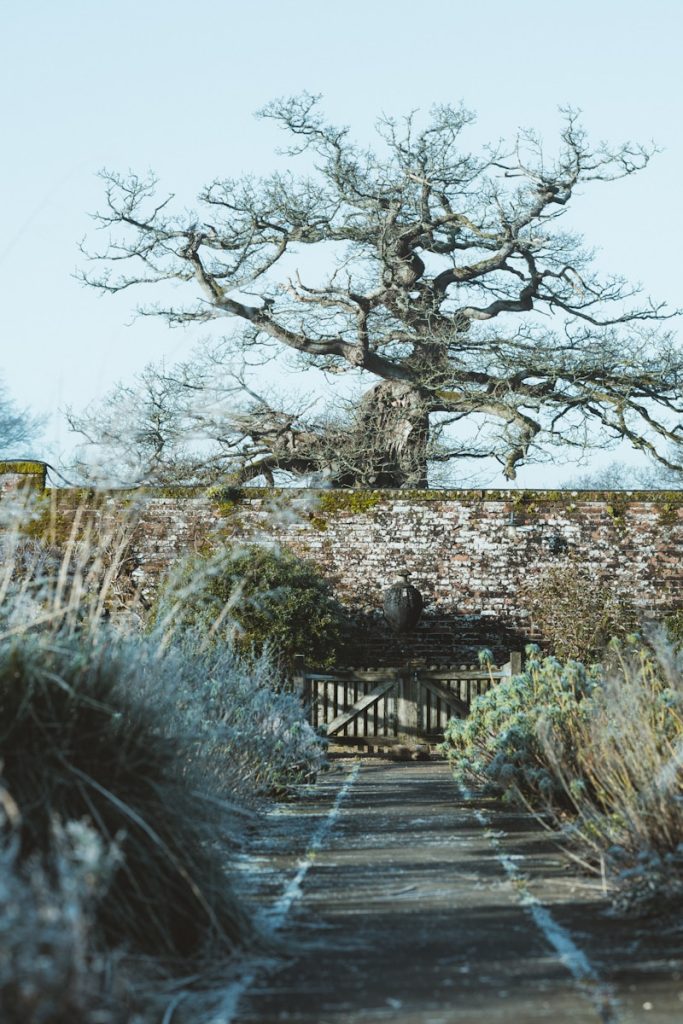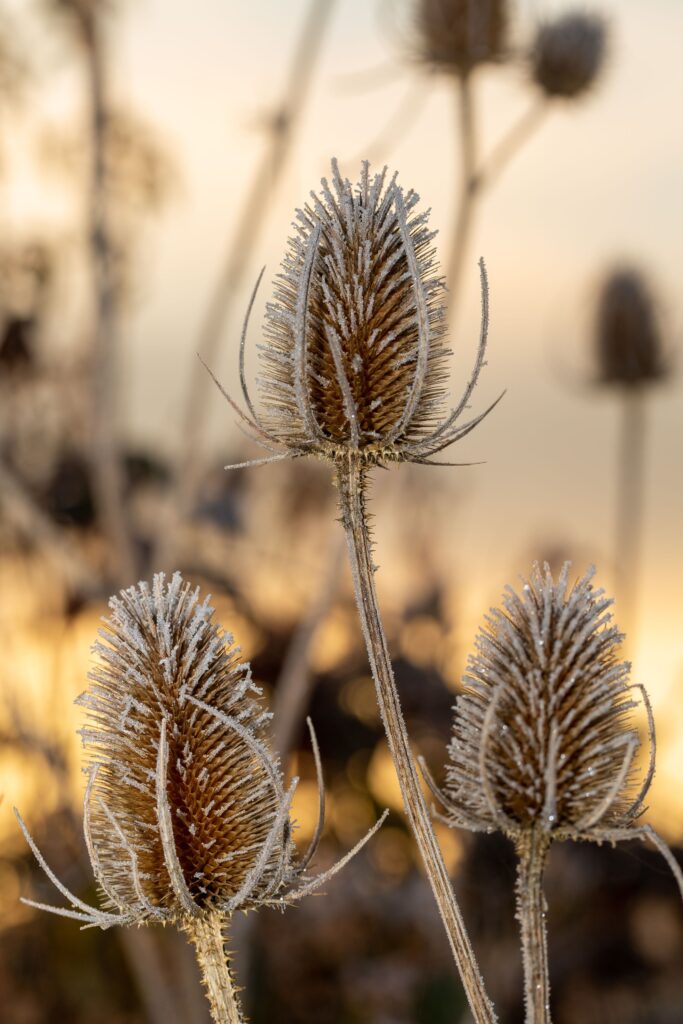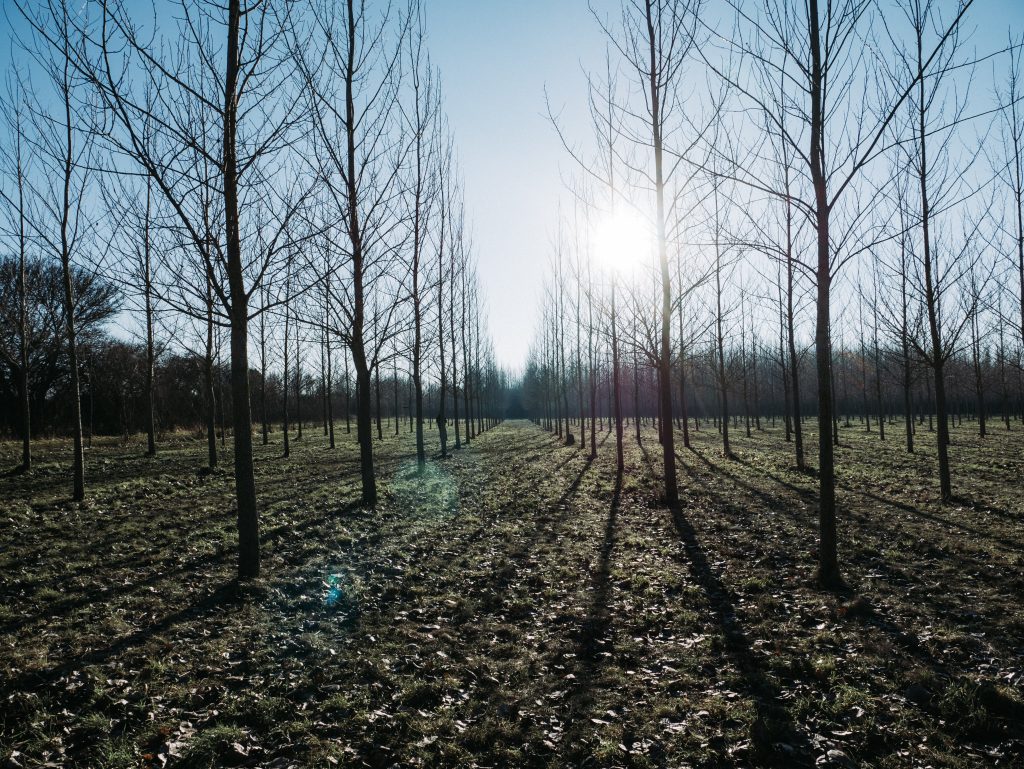The Garden in October – towards Samhain
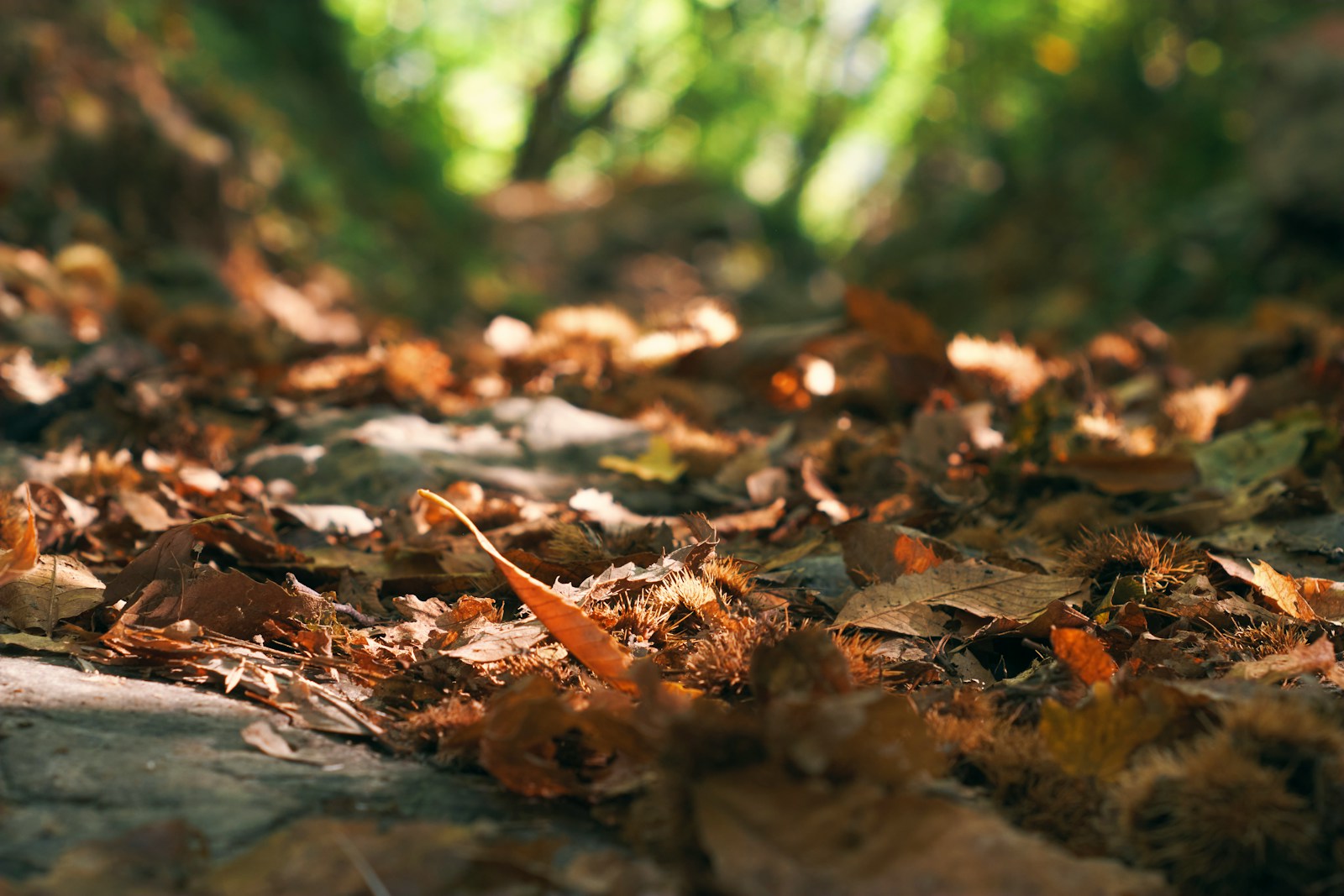
October is an interesting month of the year, bookended as it is with the Autumn Equinox on one side and Samhain (pronounced ‘sah-win’) on the other. These two festivals (along with their Christian counterparts Michaelmas and All Saints Day) are both festivals of turning inwards after the summer’s harvest. The inwardness increases as the days become shorter culminating in Samhain, the ending and the beginning of the Celtic New Year, taking place around the first of November. In the past, our ancestors who worked the land in Britain and Europe were very aware of this fact and took it for granted that although darkness was increasing until Midwinter, the seed of new life was already planted now. Adam McLean in his pamphlet “The Four Fire Festivals” writes:
“The Celts saw the year’s beginning marked by the descent of life into the dark of Winter, the descent of the seeds into the earth. With the same consciousness the Celts reckoned the day to begin not with sunrise but with the sunset of what we could call the preceding day. Darkness preceded light. The night was the unconscious spiritual ground out of which the day grew.”
The Four Fire Festivals, 1979, Adam McLean, Megalithic Research Publications
Additionally, the awareness of death, which at this time of year is celebrated and honoured in both Samhain and All Saints Day, belongs to this moment in nature’s yearly cycle. To find a way into this mood, below are a few October gardening tasks that reflect this reality, each one having an element of ‘darkness’ which perpetuates life. Perhaps by thinking about these activities in a contemplative way we can feel into the motifs of Samhain, the festival of nature’s new year.
1) Vegetables
If you have grown beans, once the last have been harvested, don’t be tempted to dig up the roots in the name of tidiness. Rather cut the plants down to ground level and leave the roots in the ground to release their stored nitrogen into the soil; the ‘darkness’ of the soil and the apparent ‘dead’ roots combine to create a wonderfully nourishing soil.
2) Fruit
Monty Don in his gardening blog has sensible advice for apple storage:
‘It is worth taking trouble to store the fruit so that it lasts as long as possible. Only store perfect apples, which discounts all windfalls. Pick apples by gently lifting and twisting so that they come away easily in your hand and handle them as though as fragile as an egg to avoid any bruising. Store them so that they are not touching in boxes or trays, somewhere cool, but frost-free, dark, and not too dry. A cellar, shed or cool garage is usually ideal’.
3) Flowers
Keep collecting seeds (as discussed in last month’s article) doing this is a good way to experience that the ‘death’ of the flower in Autumn is actually a new birth and will bring new beginnings in Spring.
4) Lawns
Don’t rake up every leaf. Leave some patches of leaves in an area of the lawn that is not conspicuous, where the darkness and moisture can remain. This will invite many insects and earthworms, which are, of course, vital food for our garden birds, and if carefully managed could offer food throughout a large part of the Winter.
5) Composting
Cover all open beds and borders with leaf compost, this will create a warm dark environment rich in nutrients ready to offer life to the new plants in Spring. For extra vitality add the Biodynamic preparation of horn manure (having undergone itself a wonderful journey of transformation in the earth throughout the preceding winter).
Michael Fuller, October 2023

